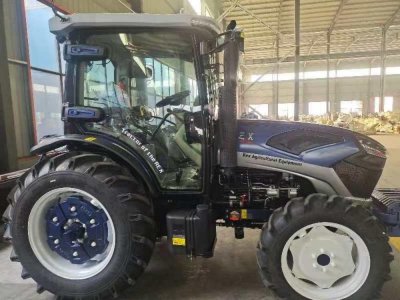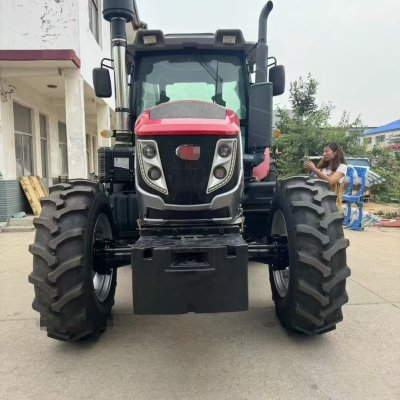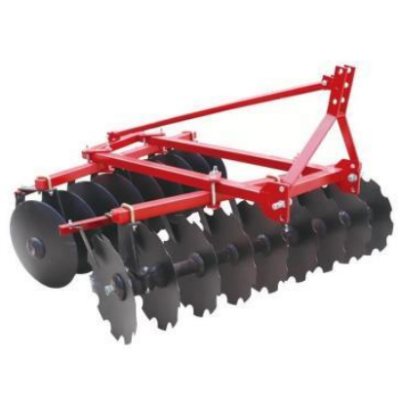Brazil: Jewel of the South American tractor Market
South America, and Brazil in particular, have all been strong in the financial reports of major manufacturers, and the region has seen steady sales growth compared to mature Western markets such as North America and Europe.
While Brazil is the most frequently mentioned country, Argentina, Uruguay and others have also attracted attention with busy production lines and Mercosur as a whole experiencing strong growth in agricultural productivity.

Manufacturers' enthusiasm for Brazil is understandable, the country's farmers bought 45,000 tractors in 2021, while Europe as a whole bought 215,000 in 2022, and the market is still growing, with an estimated compound annual growth rate of 4.75%.
If this growth rate is achieved, 62,000 tractors will be sold in Brazil by 2028, making Brazil an option that will be considered by all global manufacturers, not just the major Western ones.
Focus on the rainforest
The size of Brazil's agricultural economy can be judged by its 92 million hectares of arable land, compared to only about 5 million hectares in Ireland, which accounts for 69% of the country's land use. Brazil, on the other hand, cultivates 29% of its land area but is still the world's second-largest food exporter.
The expansion of cropland is a highly controversial issue in Brazil, as it necessarily involves deforestation of the rainforest, and it is fair to say that the Brazilian government has made a real effort to protect the rainforest.
However, it will not be easy either, and several Amazonian states have made it clear that they want to continue to provide land for agriculture, which also illustrates the conflict between lofty ideals and the instinctive human desire for agriculture.
One state, Acre, has passed its own internal legislation that will allow the privatisation of protected areas and reduce penalties for illegal deforestation, to the extent that this undermines the government's efforts to protect forests.
Increase productivity
Deforestation is one way Brazil has been able to increase production, but the government is looking to go the second way and increase production from existing arable land.
The government is keen to boost production rather than deforestation, which is also an attractive proposition for manufacturers who see further development in the country and the country will continue to adopt the technology that Western manufacturers have to offer to further achieve this goal.

Mechanization has long worked, but there is always room for improvement, and recently the government committed $90 billion to support ensuring a sustainable food supply.
Part of the money will be used to update agricultural machinery products and equip them with GPS and autonomous driving technology. While there are no details of the mechanism yet, it is a significant amount of money in addition to the usual farm income.
Main market players
There are nearly 5 million farms in Brazil, a number that has remained constant over the years, ensuring the need for manufacturers to offer tractors in the full power range.
Brazil's pull is nothing newValtra (or as it was then known as Valmet) opened a factory back in 1960 after winning a contract to produce tractors in the country in partnership with the government.
The factory was converted from a textile mill, and in late 1960 the first tractor rolled off the line, powered by a 40-hp MAN diesel engine (MAN was already active in the country).
Valtra is now part of AGCO, which still shows the greatest enthusiasm for Brazil among the big three. The company Li said it wants to see Phant sales grow in the country, although the Valtra plant remains strong.
Vamos Group, its main distributor in Brazil, invested $20 million to build a new sales, service, and training center.

Brazil has a lot of potential and a lot of manufacturers would like people to think they have a local market in mind, but in fact they are looking further afield and they are most focused on the bigger market and we can expect to learn a lot more from Brazil.
Author: jing
Source: Agricultural Machinery News Network



